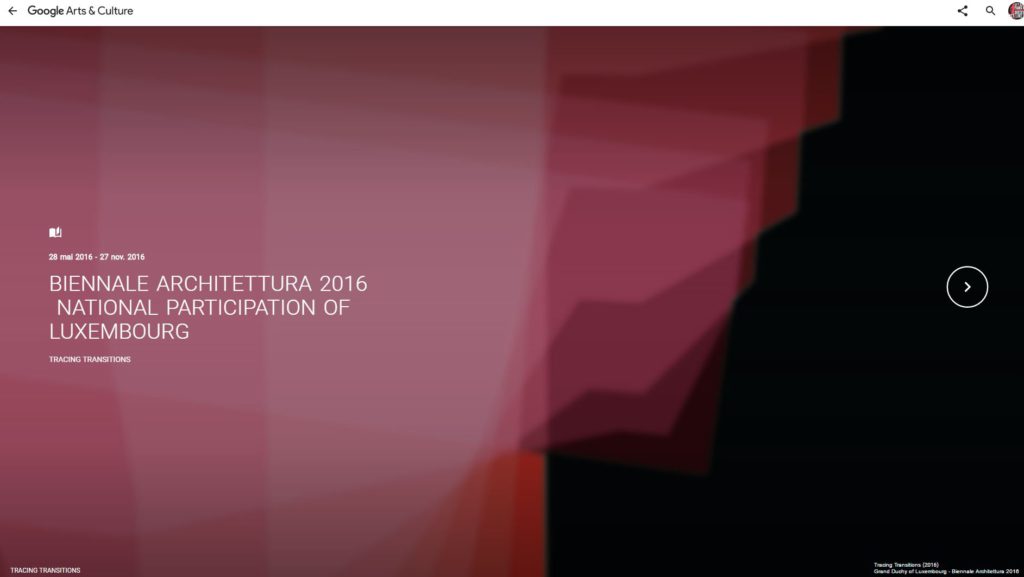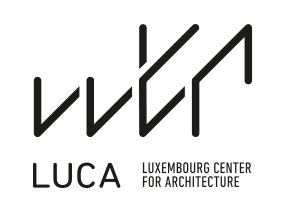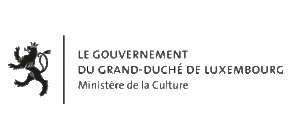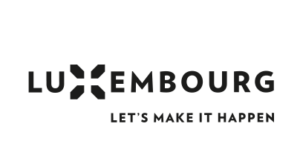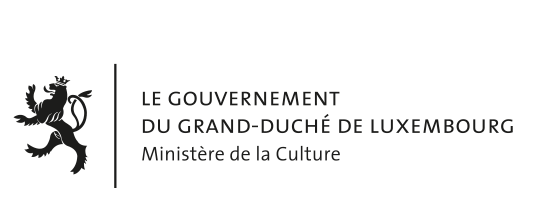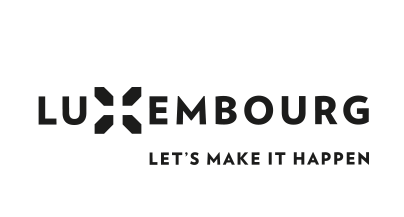Tracing Transitions Exhibitions
Tracing Transitions addresses current housing problems in the Grand Duchy of Luxembourg as well as aspects for a possible transformation of the situation in the future. Habitation, provision of residential property, and socially sustainable housing are essential issues of our time. Shelter is a fundamental human need and an internationally confirmed human right. In Luxembourg, the preconditions for satisfying this need have become more and more unstable.
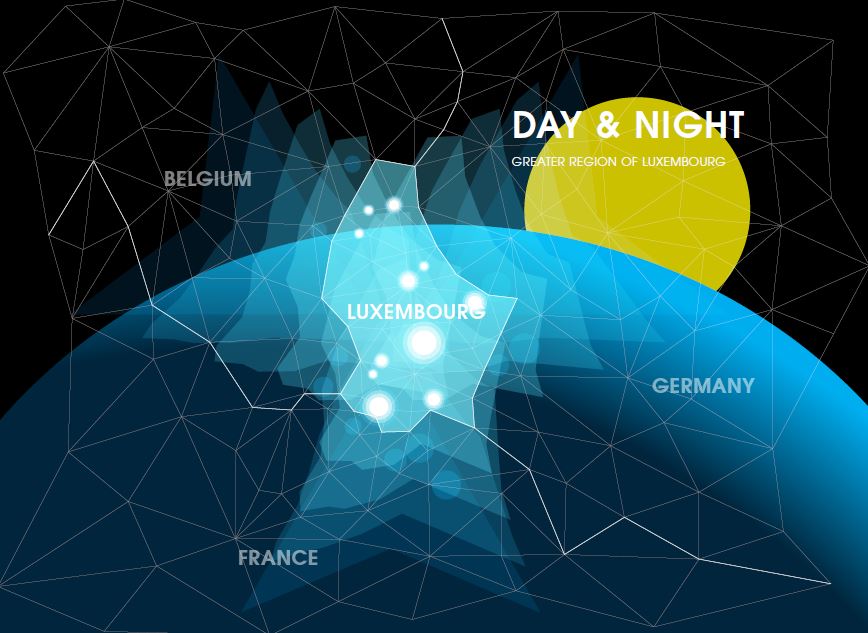
As a small nation in the heart of Western Europe, Luxembourg is truly a land of specifics. Being a sovereign state, Luxembourg’s location and policies have simultaneously generated a continuous yet porous border region with its neighbours Belgium, France and Germany. Luxembourg’s niche strategies have enabled her to achieve international significance in a globalised world and considerable economic success bearing no relation to the size of the country. But Luxembourg’s wealth, attractive job opportunities, and socio-economic policies also put pressure on the housing market. The mechanisms for the provision of housing are dominated by ownership and free market economy. These models are increasingly unable to satisfy the need of significant parts of the population for affordable and adequate housing. Many people turn in reaction to neighbouring regions in search of housing, constituting the phenomenon of the Grenzgänger – frontier commuters and highly mobile labourers. This situation entails a range of problems like the danger of real estate bubbles in these regions, unbalanced programming in urban areas, and excessive environmental pollution through traffic.
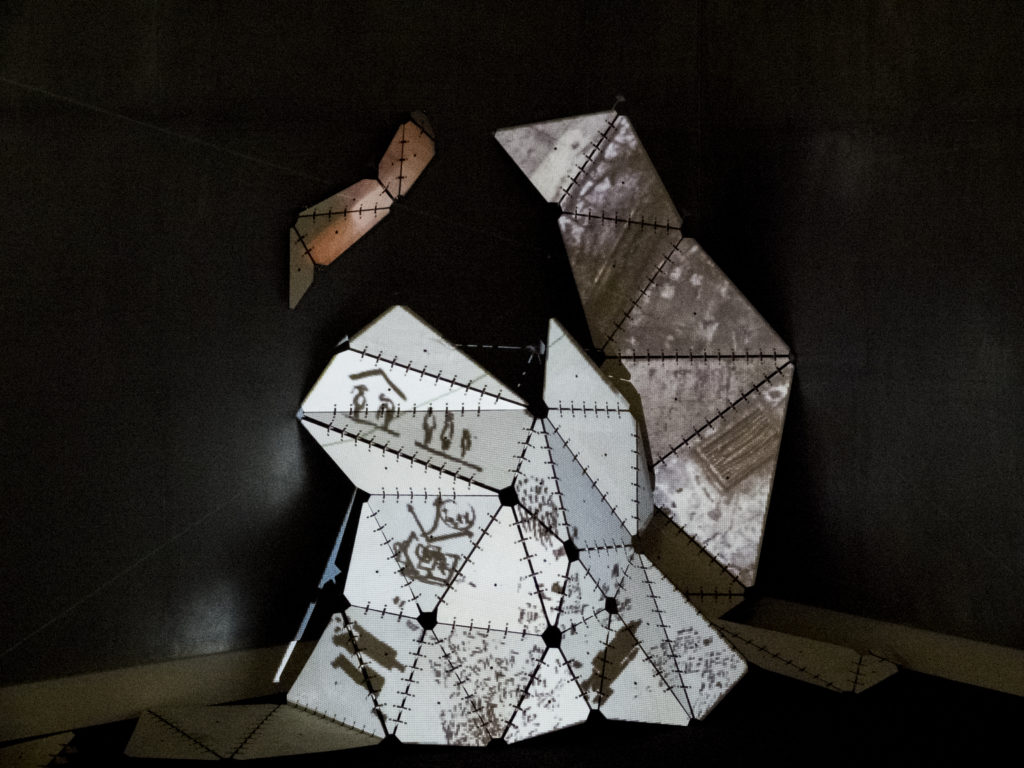
Its geography and economic development, the competitive and high-priced property market, population growth and demographic change have turned Luxembourg into a complex and adversarial area of tension. Tracing Transitions looks at interventions that aim to gradually diffuse the current situation. These interventions present alternatives: they are options for the realisation of housing solutions that stand in contrast to ownership or built-to-rent models; they offer different living configurations as answers to demographic changes; they question traditional and known housing types; and they make use of Luxembourg’s biggest resource for the implementation of housing – vast former industrial areas, remnants of Luxembourg’s past as an iron and coal nation. Tracing Transitions seeks indicators that signify a possible change in the production and social sustainability of housing. It is primarily a story about processes, events, and the consolidation of networks and not about full blown design solutions and neat buildings. Architecture becomes instead part of activism. And Tracing Transitions is part of architectural communication – to communicate the challenges in the production of conditions for realising the ‘good project’.
Five thematics
Welcome to Luxembourg
The shortage of affordable and adequate housing causes a large part of Luxembourg’s working population to live across the border. The phenomenon of the Grenzgänger – frontier commuters and mobile labourers – adds to the specifics and challenges of Luxembourg and the Greater Region.
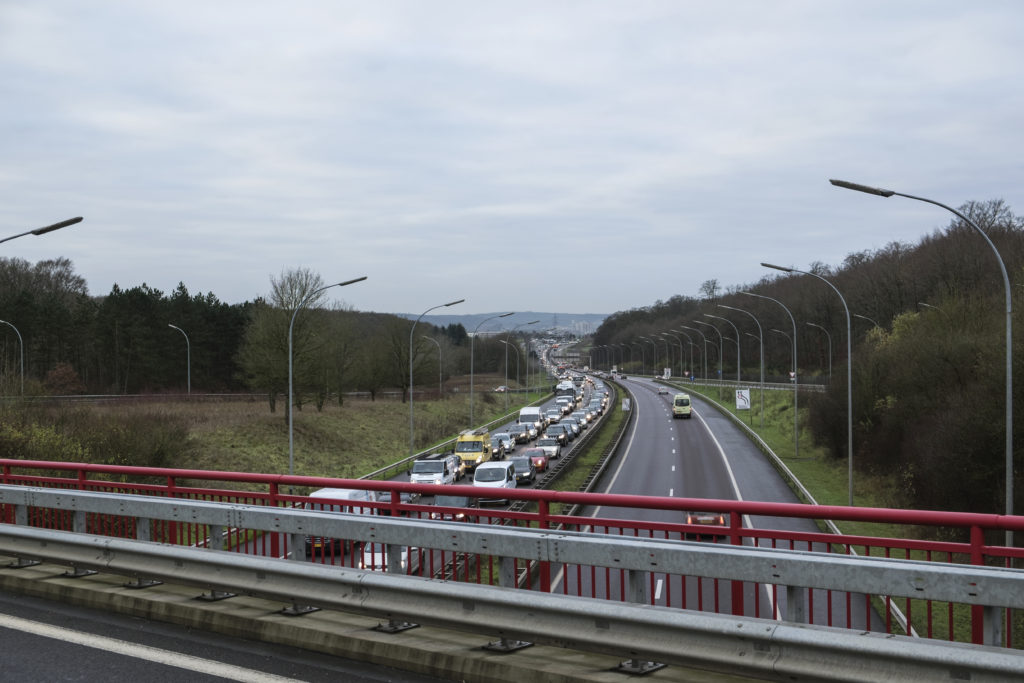
The Network Equation
The necessity for extensive commuting generates unbalanced programmed urban areas. Networks of dormitory suburbs emerge on one side of the border and office districts, deserted at night and on the weekends, on the other.
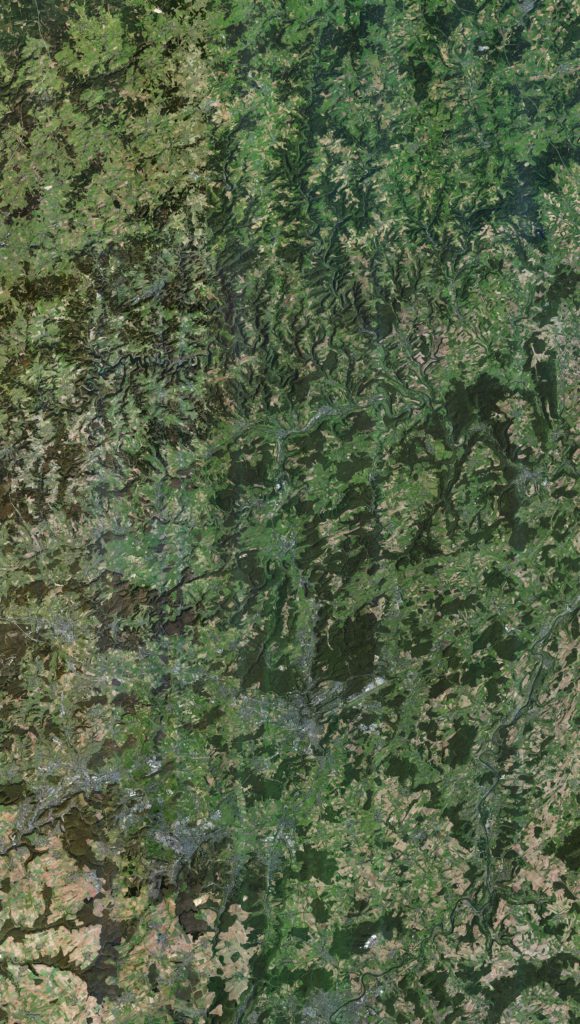
Front Yard Paradise
A large part of housing in Luxembourg consists of mono-typological structures like single-family homes and small-scale terraced houses. For many, this may be the perfect idea of what housing should be like. Are we ready to question traditional and known housing types?
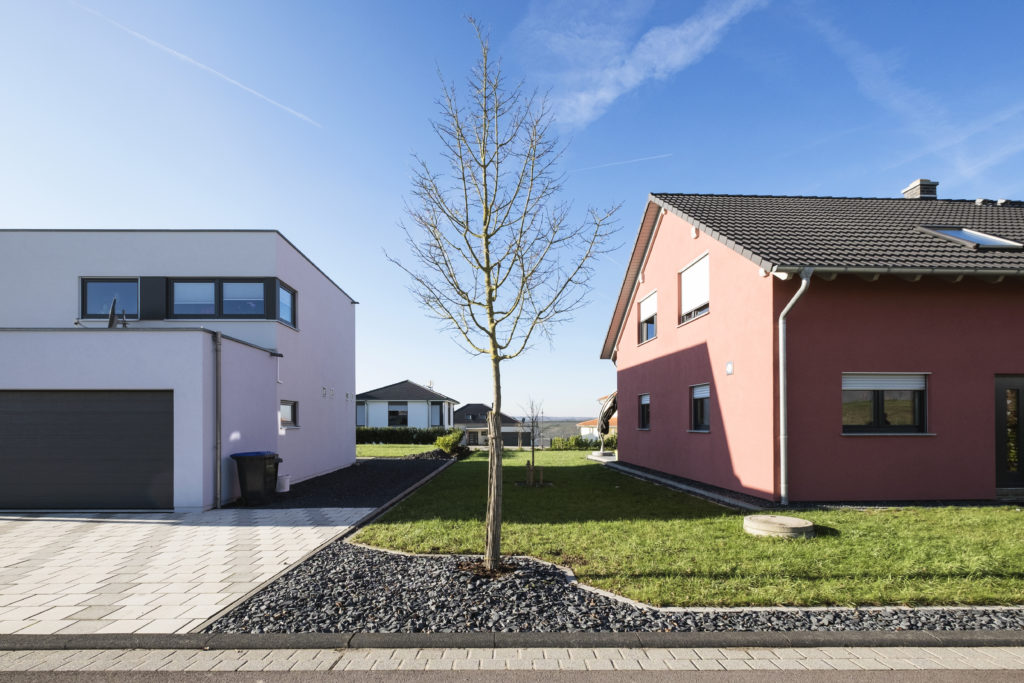
Post-Industrial Wastelands
Luxembourg’s metamorphosis has given rise to certain characterisations of its landscape. One of these phenomena is the emergence of post-industrial wastelands of different scales. Today, they constitute the biggest resource for the implementation of new housing.
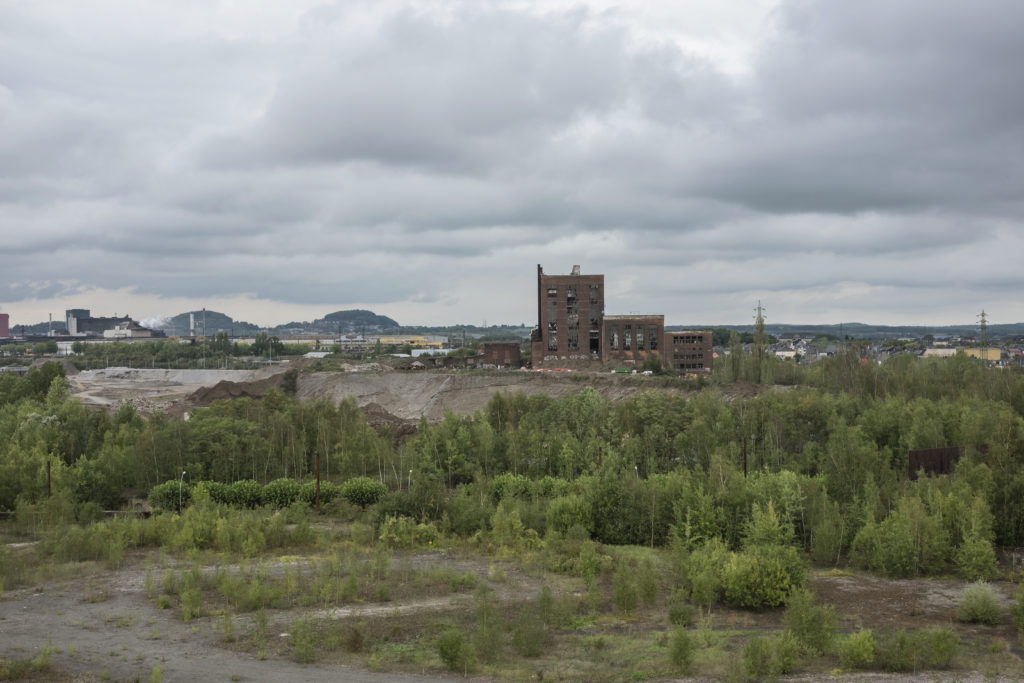
Step-by-Step Utopia
This is a tale of processes, events and consolidating structures, which will be able to drive the modification of the current system. Definite utopias are gradually formed by possible solutions.
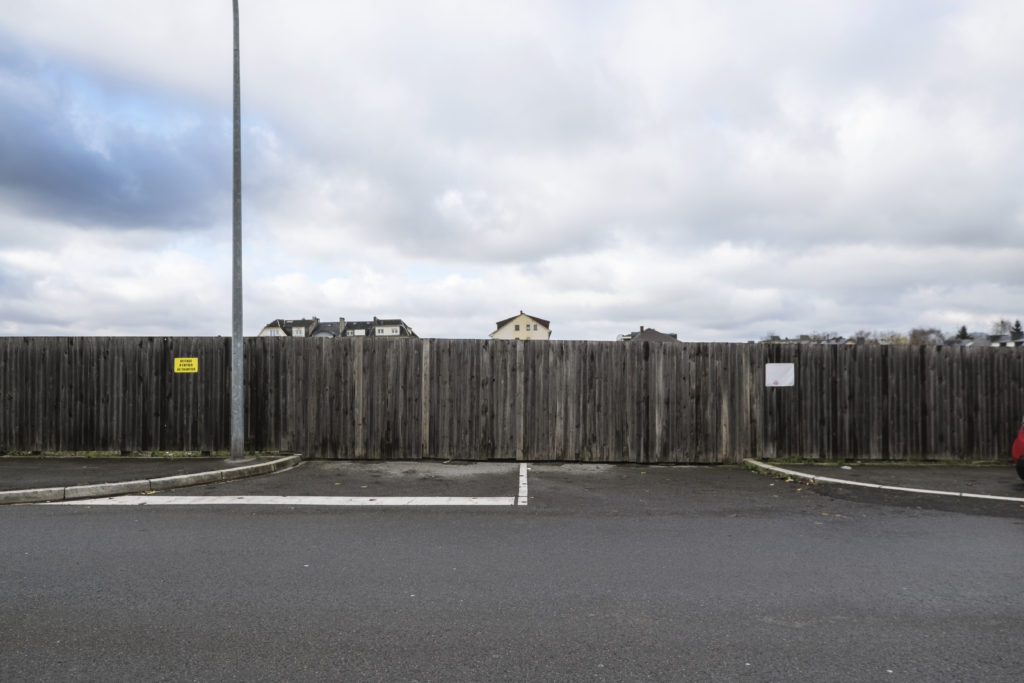
Tracing Transitions on Google Cultural Institute
Made in collaboration with the Google Cultural Institute, the documentation project of the 2016 Architecture Biennale has the task to register and depict the 15th International Architecture Exhibition “Reporting from the Front” and store it online for the world wide public. It will document Alejandro Aravena’s International Exhibition, the National Participations in the Giardini, Arsenale and across Venice like the Luxembourg Pavilion…
